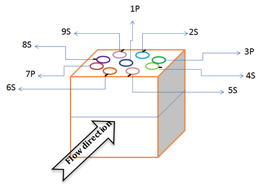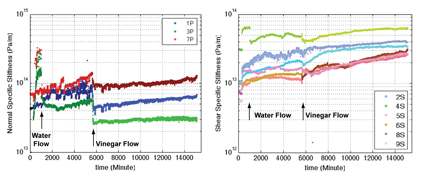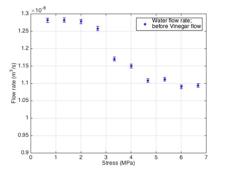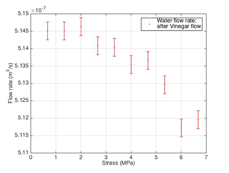Reports: ND852265-ND8: Geophysical Monitoring of Mechanical and Chemical Alteration of Frictional Discontinuities
Antonio Bobet, Purdue University
Laura Pyrak-Nolte, PhD, Purdue University




Antonio Bobet, Purdue University
Laura Pyrak-Nolte, PhD, Purdue University




Reports in the ACS PRF Annual Report are published as submitted by the Principal Investigator.
Copyright © American Chemical Society